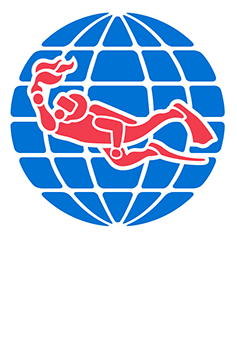
I am going to be honest. I got into wreck diving almost by accident. I have always chased beautiful coral reefs and kind of snobbed wrecks a little bit. I just thought they were a mass of iron in the sea, really.
But that was until I moved back to Italy for a couple of years, where there is an abundance of wrecks and a scarcity of corals. I had no choice other than diving those wrecks, but that gave me the time to really appreciate them: the history they carry, the sheer amount of marine life in them, and the beauty and magical atmosphere they hold.

So, when during my instructor development course and MSDT preparation (Master Scuba Diver Trainers need to be able to teach at least five specialties) I had to choose the specialties I was going to teach, it really was a no-brainer: I 100% wanted to be able to offer the Wreck Diver Course.
It is now perhaps my favourite specialty to teach because it entails a lot of planning, visualising, and challenges in terms of diving skills.
Penetrating a wreck can be a pretty steep learning curve: your buoyancy needs to be always super controlled, your knots need to be on point, mapping and navigation skills are also a crucial part of wreck exploration, as well as bringing with you a redundant air source. However, it is such a rewarding feeling to successfully complete your first penetration dive; and frankly, you look pretty badass doing it too.
And not only that, by boosting your diving skills you will feel more confident for the next diving adventures that lie ahead of you.

Here on Mabul we have a lovely wreck, which is perfect for the Wreck Diver Specialty! It is called Paradise and it is a series of sunken boats of different sizes: four smaller speed boats and one bigger decommissioned police vessel.
If you are wondering what the course consists of, let me explain it to you!
After completing the theory, there are four training dives. In the first one, you will learn how to navigate to and from a wreck, and identify points of interests as well as potential hazards. From the navigation, we will move into the mapping portion of the course during the second dive. You will effectively map the wreck and locate possible entry and exit points. The third dive will focus on practicing laying the penetration line outside the wreck (and before that we’ll have some dry runs too!), whilst in the fourth and final dive you will actually lead the penetration of the wreck: you’ll plan, navigate, bring a redundant air source, lay the penetration line and lead the penetration itself.
They say you will never forget your first underwater breath… but I can assure you, you will not forget your first wreck penetration either!


